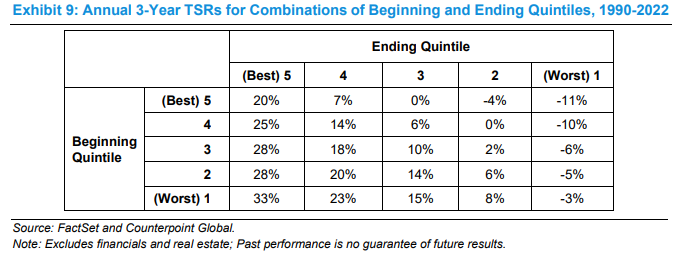
Decisions, books, investing, mental models, complex adaptive systems, skill, luck. Adjunct Prof @Columbia_Biz and Chairman Emeritus of the Board @sfiscience
28 subscribers
How to get URL link on X (Twitter) App


 The Anxious Generation by @JonHaidt. Delves into the impact of technology, especially on young people. It seems like the movement to remove phones from middle and high schools is building. I view returning to more basic human interactions as akin to eating more mindfully.
The Anxious Generation by @JonHaidt. Delves into the impact of technology, especially on young people. It seems like the movement to remove phones from middle and high schools is building. I view returning to more basic human interactions as akin to eating more mindfully. 







